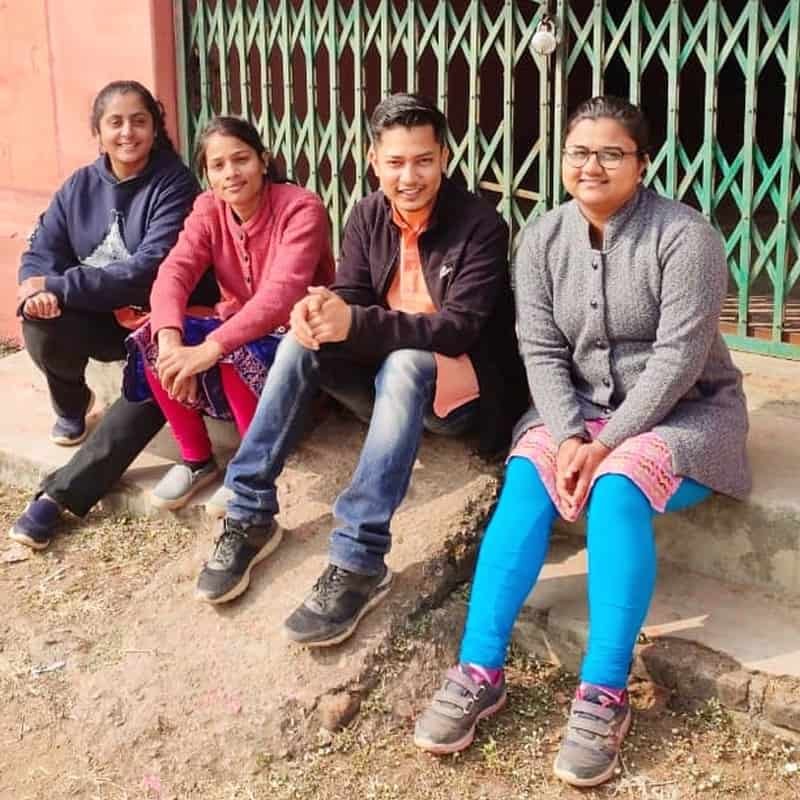Our Story
Project Koshika
Bundelkhand Action Lab is a direct initiative working with tribal communities of Panna tiger reserve, Madhya Pradesh to improve the condition of maternal and infant health. We work with the Gond community of the ten most inaccessible and underdeveloped villages inside the tiger reserve. Along with our efforts to reduce maternal and infant mortality in our select region, we are also focusing to reduce the rampant malnutrition, anaemia, communicable and non-communicable diseases. We are a team of young and passionate individuals who are working diligently with a bottom-up approach and carrying out innovative and immediate solutions in the community.
Our Focus Areas
Our team of passionate individuals work diligently with a bottom-up approach to to carry out innovative and immediate solutions in the community. We work to reduce
Maternal
&
Infant MortalityMalnutrition
&
AnaemiaCommunicable
&
Non-communicable Diseases
How Did We Start?
In April 2018, with 10 years under the belt of the India Fellow Program, some of the alumni envisioned working alongside grassroots communities and spend time to understand the complexities on the ground, to design contextual solutions. They chose an area within the country where the penetration of civil society was limited, and where indicators of development were poor, and to spend time looking closely at the scenario on the ground, till the time when it becomes clearer what the course of future action should be. And with this in mind, the first steps of the project were taken in early 2018.
It began with some in-depth secondary research of the development scenario across the country, by consulting human development indicators and other resources, keeping development interventions in focus.
Why Panna, Bundelkhand?
With multiple droughts, a history of underdevelopment even after getting the attention of the government, and low indicators of health and education, Bundelkhand was chosen. And within Bundelkhand, the district of Panna was chosen. The following criteria were applied when selecting from the 13 districts of Bundelkhand (Madhya Pradesh and Uttar Pradesh):
- Literacy rate
- The number of people living below the poverty line
- Penetration of civil society organizations
- Livelihood opportunities
- Vulnerable communities
- External geographic factors
- Insights from partner organizations working in the area
Panna was chosen among all other districts as it ranked low in all essential human development indicators. Also, it has a diverse population of communities, especially a high proportion of vulnerable communities like scheduled castes and scheduled tribes.
Why Maternal and Infant Health?
Maternal and infant health and mortality was chosen as the focus area to work with mainly sensing the urgency of the issue itself. It pertained to the high numbers of death accounted for by women in this region. In 2018 the district level IMR (Infant Mortality Rate) of Panna was 85, and the MMR (Maternal Mortality Rate) was 322.
These numbers, and additionally the stories we heard in the community about the death of children, narrowed down this topic of intervention for the team. Also, we came to understand that the health of the children would be a sensitive yet strong inroad into the community, as everyone was concerned about it. The health of women would also include entitlements and services of the government pertaining to health. It would also focus on women and in some ways would look into the empowerment of women in the community.
Our Mission & Goal
Goal
To ensure the overall health and well-being of mothers and infants from tribal and other vulnerable communities of Panna district will match global health standards.
Mission
To reduce infant and maternal mortality in the selected tribal & vulnerable communities of the Panna district by 50%, through bottom-up & a multi-pronged approach.


